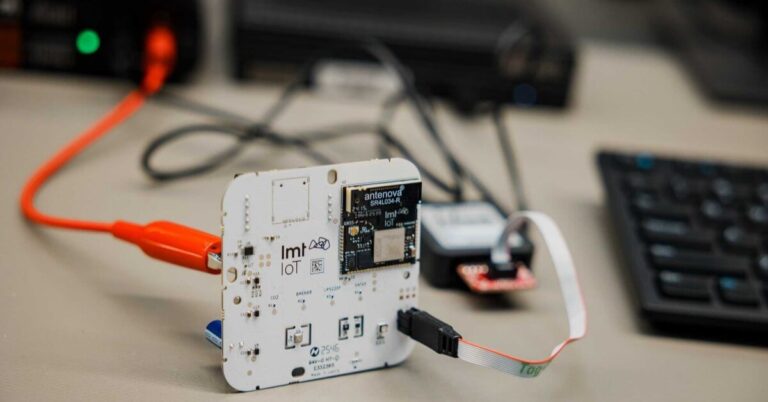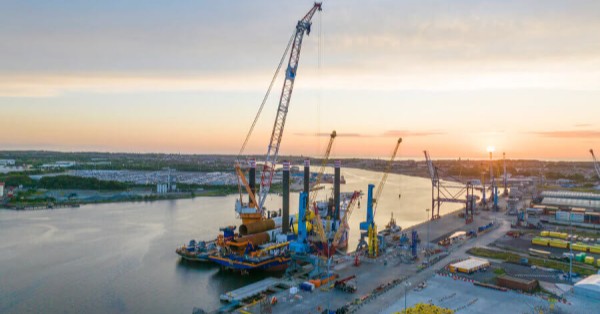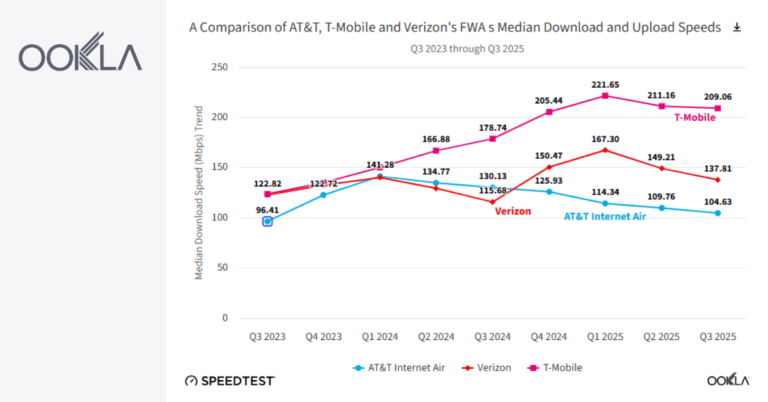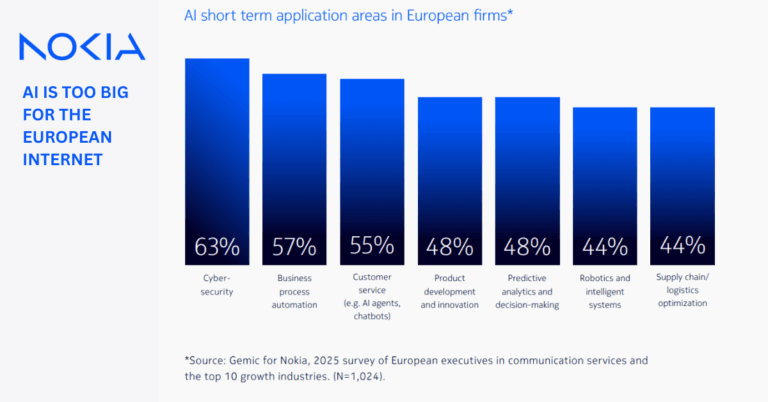The BBC is the UK host broadcaster of the 2022 Commonwealth Games in Birmingham and has a wealth of coverage across multiple outputs. The bulk of this production effort is well tried and tested, but it’s an excellent opportunity for BBC Research & Development to try out new ideas in a complex, large-scale environment.
This year, BBC R&D tested 5G standalone non-public networks to provide live pictures from the center of Birmingham. BBC R&D is working with BT to provide the network and backhaul and Vislink subsidiary Mobile Viewpoint to provide the technology that encodes and manages the video stream over the networks. They have also conducted other tests to examine the handover between cells and from the private to the public network. This will enable teams to use the same kit in different scenarios, giving production teams more flexibility.
The One Show became the first program to use this type of technology at scale to cover the Queen’s Baton Relay as it arrived in Birmingham, with large crowds that have the potential to swamp a standard network. They had two live cameras, each with a Mobile Viewpoint unit that took the video feeds and connected to the dedicated 5G network. The BT-provided network was in a dedicated spectrum centred around 4050 MHz, allowing us to configure the network to favour uplink traffic typical in a production environment. In contrast, public networks tend to support more downlink-heavy applications.
The other key aspect of this trial is that BBC R&D have no on-site production facilities. The signals are passed through the 5G network and backhauled to a Mobile Viewpoint decoder based in our master control room in London. The two cameras are synchronised at this point, so we can intercut if required. They can remove this option if latency is more of a concern than synchronisation. From there, the output is decoded and sent to whichever gallery wants to use the cameras. This could be The One Show in London, BBC Sport in Salford or any of the Nations and Regions galleries around the UK.
As with all R&D trials, the fundamental purpose is learning and informing what may happen with future workflows. The teams have worked together to understand the challenges of providing a robust solution that matches or exceeds existing capabilities. The trial continues throughout the games.
The technology never stands still, and this is the first step on a journey that will see both mobile and broadcast technologies evolve. They have plans to harmonise workflows to better support production operations and reduce cost and complexity while increasing flexibility and reliability. By fully using the IP nature of 5G networks, BBC R&D will see more of the benefits of remote and connected production.







































